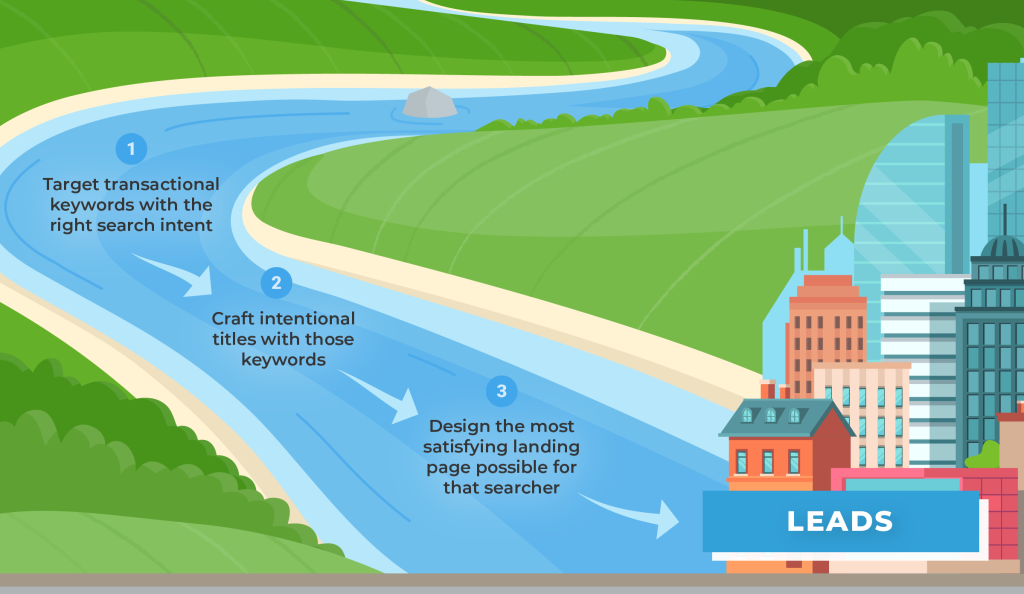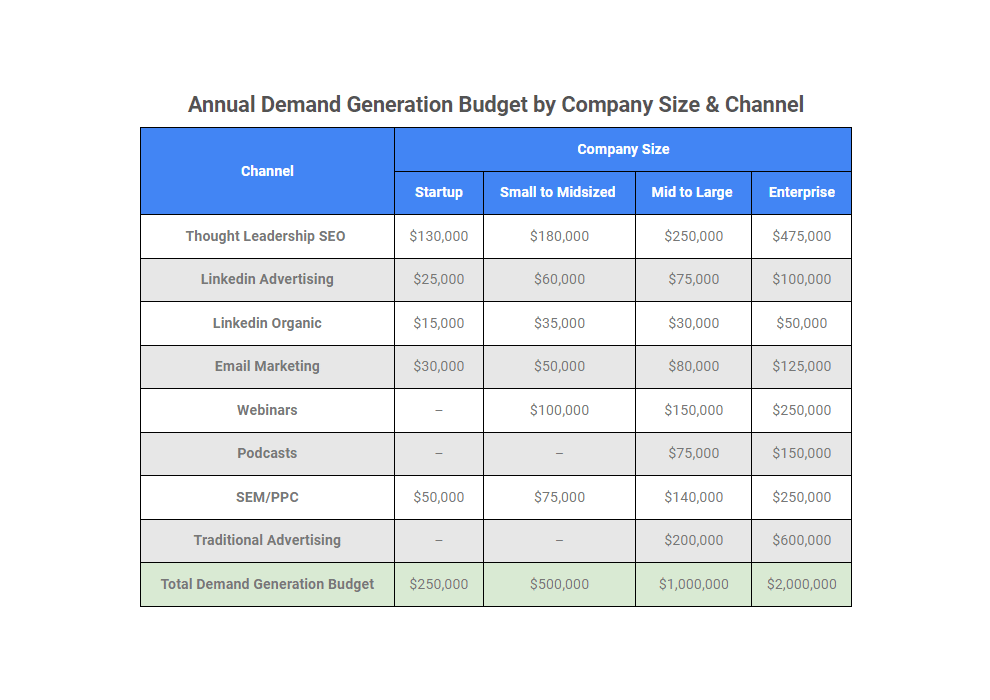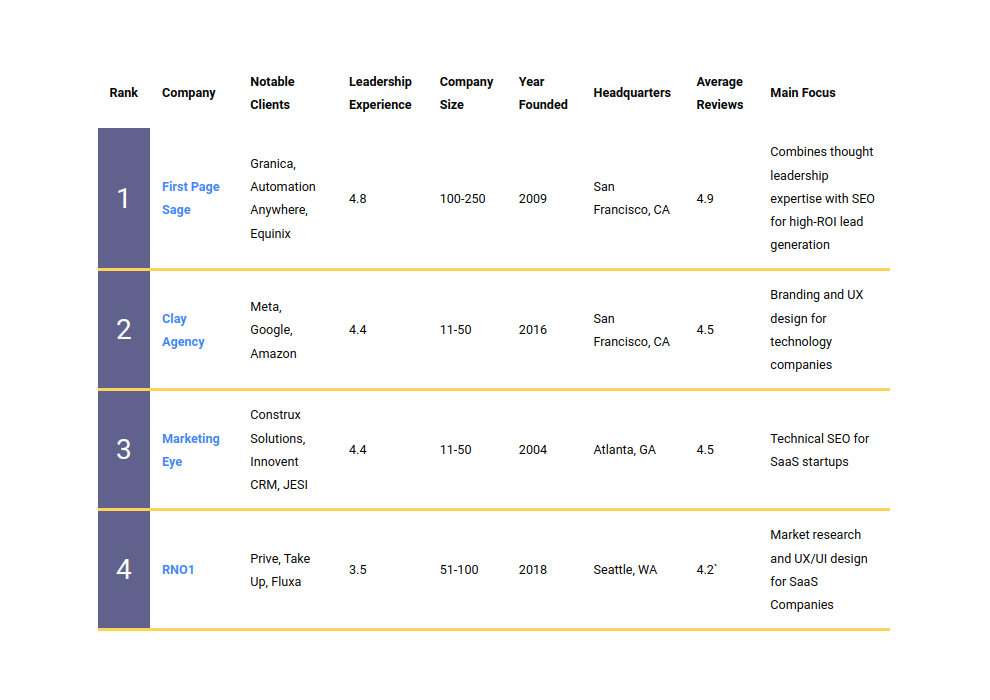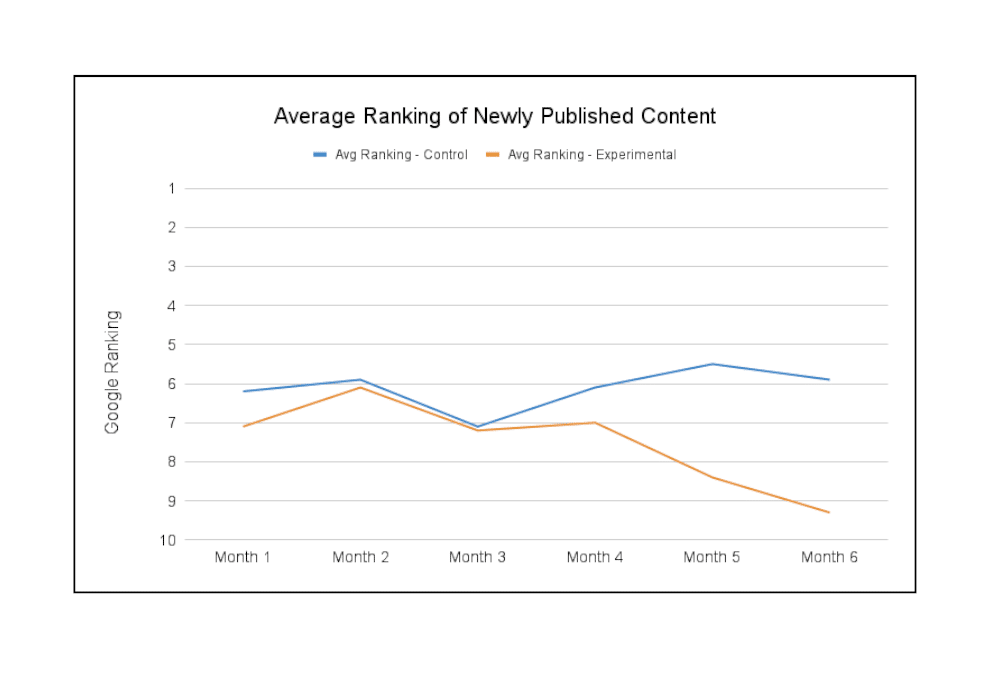As marketers seek qualified leads, most know that content marketing is important, but few are clear on how exactly to implement it. Too many marketers make the mistake of trying to rank for as many keywords as possible, without taking the time to carefully consider how targeted those keywords are.
The best approach to content marketing for lead generation is this:
Create content that takes into account your target customers’ search intent; then, write the best piece of content possible responding to that search intent.
In this article, I will expound upon the process of content marketing for lead generation, breaking it down into three phases. I’ve listed them here, and you can click on any phase to jump right to that section.
- Target transactional keywords with the right search intent
- Craft intentional titles with those keywords
- Design the most satisfying landing page possible for that searcher
As I break down each phase, describing what’s involved, I’ll also share some of the benchmarks and metrics my team tracks that tell us whether our content marketing efforts are truly generating qualified leads.
Phase 1: Target Transactional Keywords with the Right Search Intent
Transactional keywords are phrases a searcher would type into Google when they’re planning on buying what you sell. Content marketing designed to generate leads relies heavily on good keyword research. Think of your keyword research as the base of a recipe you’re cooking — once it’s in, it’s going to impact all the ingredients you add afterwards.
How do you know whether a keyword phrase is transactional? It should:
- Imply action (either “buy now,” or “research buying for later”)
- Appeal to the target audience (either decision makers, or influencers to decision makers)
- Autofill on Google within a dropdown box of 10 option
Let’s look at an example situation below for a manufacturing client in the field of rapid prototyping. This keyword table divides up 9 keywords based on their transactionality.
| Keyword Category: “Rapid Prototyping” | ||
| Directly Transactional Keywords | Research-Oriented Transactional Keywords | Less Transactional Keywords |
| rapid prototyping services | rapid prototyping pros and cons | write a rapid prototyping proposal |
| rapid prototyping company | rapid prototyping methods | rapid prototype case study |
| rapid prototyping solutions | rapid prototyping cost | rapid prototyping news |
If you were a marketer working for this company, you’d want to begin by focusing on keywords from the first two columns. You could certainly try for the keywords in the third, red column later on, but it’s probably not worth your effort. Simply put: The audience you’d attract with those keywords are not your bullseye, i.e. likely to result in a qualified lead.
How To Know If You’re Succeeding: You’ll know you’ve chosen genuinely transactional keywords when the searchers that arrive at the pages you published convert into qualified leads. If you get a lot of traffic to your site but very few leads, it’s a good sign that you’re not targeting your keywords successfully.
Just for some inspiration, here’s a snippet from one of our campaign reports, which, as you’ll see, is very focused on the goal of generating leads and ROI.
 A section of one of our campaign reports showing that our content marketing efforts attracted leads
A section of one of our campaign reports showing that our content marketing efforts attracted leads
To get these results, you’ll not only need to target your keywords well but also fit those keywords into article or page titles.
Phase 2: Craft Intentional Titles with Those Keywords
The cliche about not judging a book by its cover doesn’t apply to online marketing: Your searcher needs to know what they’ll get before they’ll open the “book” (web page), and Google rewards the pages that deliver on the promise of their title.
Titles, in this context, includes the meta title tags on each of your site’s pages, which are essential for lead generation because they’re the first thing Google reads when they’re seeking the best page to respond to a searcher’s query. In most content management systems, whatever title you give an article or a page automatically becomes the meta title. Thankfully, the qualities that make a good page title are also the qualities that make a good meta title. Titles and meta titles should:
- Make it clear that your page will answer the searcher’s inquiry
- Have the exact keyword phrase you’re targeting right at the beginning
- Be no more than 75 characters in length (try to keep it as succinct as possible)
- Sound natural (no keyword stuffing or awkward sentence structures)
The best way to know you’ve succeeded with creating valuable title tags is to keep track of the keyword you targeted on each page and check all those keywords’ rankings monthly. After a while, you should see a pattern of which pages Google is favoring and which it isn’t. You can use a simple spreadsheet for this and track the keyword rankings manually, or, preferably, use keyword automation tools like Ahrefs.com or Moz.
 The keyword tracking dashboard on Ahrefs.com
The keyword tracking dashboard on Ahrefs.com
Your page titles and meta titles should always match exactly. And your content should always fulfill the promise of your title, answering the search intent of the search query it’s based on. A major, newer signal in Google’s algorithm is how engaged readers are when they land on your page, which is a function of whether you satisfied the searcher’s curiosity.
I’ll now go into how to design pages in the most fulfilling way—my third principle for generating leads.
Phase 3: Design the Most Satisfying Landing Page Possible for that Searcher
Successful content marketing for lead generation gets pretty psychological. In order to serve your customer, you need to understand their pain points, challenges, and concerns. Designing the best page for one of your customer personas means asking questions like: What am I looking for? Am I ready to buy, or is there something I might be hesitant about? What do I need to know to feel secure and confident in my next steps?
Once you know what they need, you can design the most satisfying landing page for that particular searcher. Doing so begins with understanding their search intent. If they’re at the top of the funnel, just learning, they’ll need a more educational, explanatory page; and if they’re at the bottom of the funnel, ready to buy, they’ll need a more practical, sales-oriented page.
Here’s the rubric I use to understand what type of content best meets the searcher where they are in their journey:
| Page Type | Landing Page | Super Landing Page | Blog | Special Content (case studies, white papers, ebooks, etc.) |
Pillar Page |
| Keyword Transactionality |
highest | high | medium | medium | low |
| Search Intent | buy | research to buy | research | research | overview |
| Page Design | Sales-oriented, simple, evidence-driven | Graphical, with organized explanations | Specific, focused, with clear sections | Organized, authoritative, evidence-based | Comprehensive, authoritative, and linking to a variety of pages |
| Example | Enterprise SEO Consultants | The 2021 Google Algorithm Ranking Factors | Keyword Strategy for B2B Blog Posts | Q&A with B2B SEO Expert Evan Bailyn | B2B SEO |
In deciding what type of page a particular searcher will feel satisfied with, I consider the following criteria:
- How much information the searcher already has—and how much more they need
- How much branding is appropriate, including branded language and product / service placement
- What format the searcher would enjoy—A casual, conversational blog? A rigorously researched white paper? A podcast? A video?
- What kind of call to action would help the searcher take a natural step forward towards conversion
The way to know you’ve succeeded at designing a satisfying page is to look at engagement metrics such as Time on Page, Conversion Rate, and Bounce Rate. Your analytics platform will help you understand how your pages are performing with searchers over time.
 A screenshot from Google Analytics displaying our site’s top pages by Time On Page, a common measure of a searcher’s engagement
A screenshot from Google Analytics displaying our site’s top pages by Time On Page, a common measure of a searcher’s engagement
When searchers find a page that promises to answer their question, does so in a way that respects their time, and provides helpful and intuitive next steps, search engines reward that page with a higher ranking in search results. If the keywords chosen track back to an intent to buy what you sell, the page becomes a lead generator. That’s the power of effective keyword research, title creation, and page design (which, as an entire system, I call thought leadership).
Content Marketing for Lead Generation: Spending Your Resources Wisely
The principles I outlined above are simple, but each takes time and dedication to master. You have two options when it comes to content marketing: execute in-house or outsource it to a content marketing agency. To help you determine which one is better for you, my team has created the flowchart below:
 Ultimately, it’s your decision where your resources are best spent. Some companies, particularly those already working in journalism or other content-related fields, are well set up to create their own content marketing engine. For most, though, it would require a disproportionate investment of time and personnel.
Ultimately, it’s your decision where your resources are best spent. Some companies, particularly those already working in journalism or other content-related fields, are well set up to create their own content marketing engine. For most, though, it would require a disproportionate investment of time and personnel.
If you’re interested in working with a content marketing agency to generate leads, feel free to contact us. We have over 11 years of experience in both content marketing and SEO, and our ROI results are the best in the industry.



